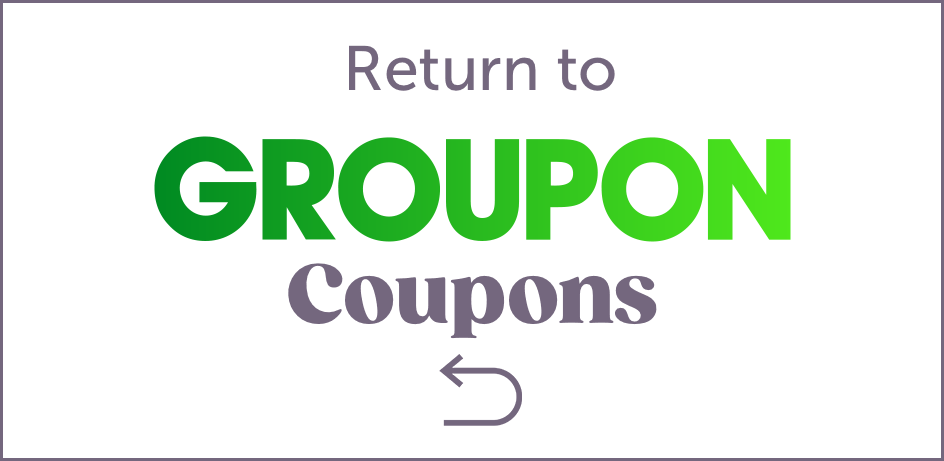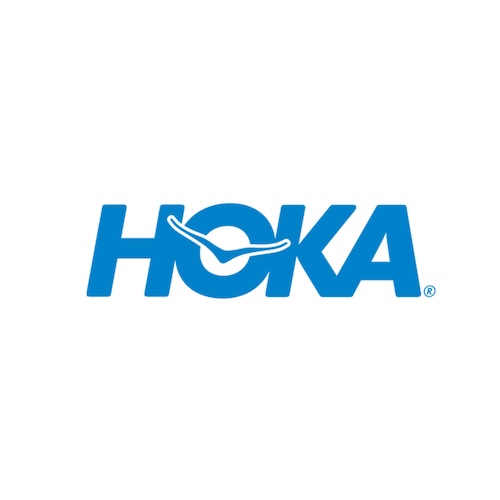If you've been eyeing those chunky Hoka shoes everyone's raving about, you're probably wondering one thing: are they actually worth dropping $150+ on a pair of sneakers? Before you buy, it's worth checking Groupon's latest Hoka discount codes for extra savings. Here's the honest breakdown of what you're paying for — and whether your feet (and wallet) will thank you.
The short answer? It depends on what you value most. Hoka's maximalist cushioning can be a game-changer for comfort, but that premium comes with a premium price tag. Let's dive into what makes these shoes so expensive — and whether they're worth it for your lifestyle.
What Makes Hoka Shoes Different—And Worth the Price
Hoka built their reputation on one big idea: more cushioning equals better comfort. While other brands were making shoes thinner and lighter, Hoka went the opposite direction with their "maximalist" approach. Think of it like choosing a luxury mattress over a basic one — you're paying for that extra layer of comfort.
Cushioning You Can Feel
The signature feature of Hoka shoes is their thick midsole foam, which creates what they call a "marshmallow-like" feel. This isn't just marketing fluff — the extra cushioning helps absorb impact with each step, potentially reducing stress on your joints. The high stack height (the distance between your foot and the ground) might feel weird at first. Most people adapt quickly though.
What's clever about Hoka's design is that despite all that cushioning, the shoes don't feel as heavy as you'd expect. They use lightweight foam materials that give you the comfort without the clunky weight of traditional heavily cushioned shoes.
Lightweight Foams, Durable Outsoles
You're not just paying for foam — Hoka uses engineered mesh uppers, specialized rubber compounds for the outsole, and proprietary foam blends. These materials cost more to develop and manufacture than basic athletic shoe components. The question is whether that translates to real-world benefits for your daily walks or runs.
Backed by Experts: APMA-Approved Models
Here's something that adds credibility to the price: several Hoka models, including the Bondi 9, have earned the American Podiatric Medical Association's Seal of Acceptance. This means foot health professionals have reviewed the shoes and found them beneficial for foot health. It's not a guarantee they'll work for everyone, but it's a solid endorsement from people who know feet.
Where Hoka Delivers Value
Now let's get practical. What are you actually getting for your money, and how does it stack up against the alternatives?
Comfort Check: Do They Deliver?
The comfort factor is where Hoka tends to shine brightest. If you spend long hours on your feet, deal with joint pain, or just want that "walking on clouds" feeling, the extra cushioning can make a noticeable difference. Many users report less foot fatigue during long walks or shifts at work.
But here's the thing — comfort is personal. What feels amazing to someone with plantar fasciitis might feel too squishy for someone who prefers a firmer, more responsive shoe. The good news is Hoka's 30-day guarantee lets you test-drive them in real life, not just in a store.
Durability: How Long They Last
Hoka shoes usually last between 300–500 miles, which is about average for quality running shoes. If you walk or run around 20 miles a week, that’s roughly four to six months of use before it’s time for a replacement. The key is whether you actually get those extra miles out of them — that’s what determines their real value.
Versatility: One Pair for More Than Running
One thing that helps justify the cost is versatility. Hoka shoes work well for walking, standing, light hiking, and everyday wear — not just running. If you're replacing multiple pairs of shoes with one versatile pair, the math starts to work in your favor.
Popular Hoka Models: What You Get for the Price
Let's break down the two most popular models and what you get at each price point.
Clifton 10 ($155): Everyday Cushion for Runs & Walks
The Clifton 10 is Hoka's sweet spot for most people. It's got enough cushioning to feel noticeably comfortable without being so thick that it feels unstable. Reviewers consistently praise it as a solid daily trainer that works for both running and walking.
At $155, you're getting a shoe that can handle daily use, offers good breathability, and strikes a balance between comfort and responsiveness. If you're only buying one pair of Hokas, this is probably your best bet.
Bondi 9 ($175): Maximum Cushioning for All-Day Comfort
The Bondi 9 is Hoka's most cushioned shoe, and at $175, it's also one of their priciest. This is the "go big or go home" option — maximum cushioning for people who want the most comfort possible.
The extra $20 over the Clifton gets you noticeably more cushioning and the APMA seal of approval. If you're dealing with foot pain, spend all day on your feet, or just want the most comfortable walking experience possible, the Bondi might be worth the premium.
| Model |
Price |
Best For |
Cushioning Level |
| Clifton 10 |
$155 |
Daily running/walking |
Moderate-High |
| Bondi 9 |
$175 |
Maximum comfort/walking |
Maximum |
The Real Cost of Owning Hokas
Here's where we get into the nitty-gritty of whether Hokas make financial sense for your situation.
Price vs. Other Competitors
Hoka definitely sits in the premium category. You can find decent running shoes for $80-120, while Hoka's popular models start around $155. That's a significant jump, but you're also comparing against other premium brands like Brooks, ASICS, and New Balance, which often price their top models in a similar range.
The question isn't whether Hokas cost more than budget shoes (they do), but whether they offer enough extra value to justify the premium over other quality brands.
Cost Per Mile: Quick Math
If you walk about 15 miles a week, a $165 pair that lasts roughly 400 miles will see you through around 6–7 months, or about $6 a week. A $100 pair that lasts around 300 miles works out to about $5 a week. In other words, Hokas cost roughly a dollar more per week for the extra cushioning and comfort.
Hidden Costs and Savings
Don't forget about shipping costs. Hoka offers free shipping on orders over $200, but charges $10 for smaller orders. If you're buying just one pair, factor that into your total cost. However, their membership program (which is free) gets you free shipping on all orders, plus other perks.
There's also the potential for savings on other footwear. If Hokas work well for multiple activities, you might not need separate walking shoes, work shoes, or casual sneakers. That could actually save money in the long run. Check out our Hoka sales calendar to time your purchase right.
Smart Ways to Save on Hoka Shoes
Before you buy, take advantage of Hoka’s built-in perks and seasonal deals to stretch your budget even further.
- 30-Day Fly Guarantee: Test your shoes for a full month — even after wearing them — with free returns if they’re not a fit.
- Free Membership: Unlock free shipping, 60-day returns, and a 10% welcome discount (worth about $15–$17 off your first pair).
- Best Times to Buy: End-of-season and new-release periods often bring 20–40% discounts. See our full Hoka deals guide for the latest offers.
FAQs
Are Hokas good for walking?
Yes, Hoka shoes are excellent for walking, especially if you want maximum comfort and cushioning. The Bondi series is particularly popular among people who walk long distances or spend all day on their feet. The extra cushioning helps reduce foot fatigue during extended walking sessions.
How long do Hokas last?
Hoka shoes generally last between 300-500 miles, which is standard for quality running shoes. For most people, this translates to about 4-6 months of regular use. The actual lifespan depends on your walking/running style, body weight, and the surfaces you use them on.
Are Hoka shoes worth it for flat feet?
Many people with flat feet find Hoka shoes helpful because the extra cushioning provides comfort and support. However, if you have flat feet, you might also need custom orthotics or shoes specifically designed for your foot type. The 30-day guarantee makes it low-risk to try them out.
What's Hoka's return policy?
Hoka offers a "Fly for 30 Guarantee" that lets you return shoes within 30 days for a full refund or exchange, even after wearing them. If you join their free membership program, you get 60 days to return shoes instead of 30.
Where can I find the best Hoka discounts?
The best deals are usually found during end-of-season sales, when new models are released, or through the Hoka membership program's 10% welcome discount. You can also check authorized retailers and discount sites, but make sure you're buying from legitimate sources to get the full warranty and return policy.
Next Steps: Save on Your First Pair
Ready to try Hoka shoes without the full price tag? Before you check out at Hoka, take a moment to explore Groupon's latest Hoka discount codes. It's an easy way to stretch your budget without extra effort — and your feet will thank you for the upgrade.

















